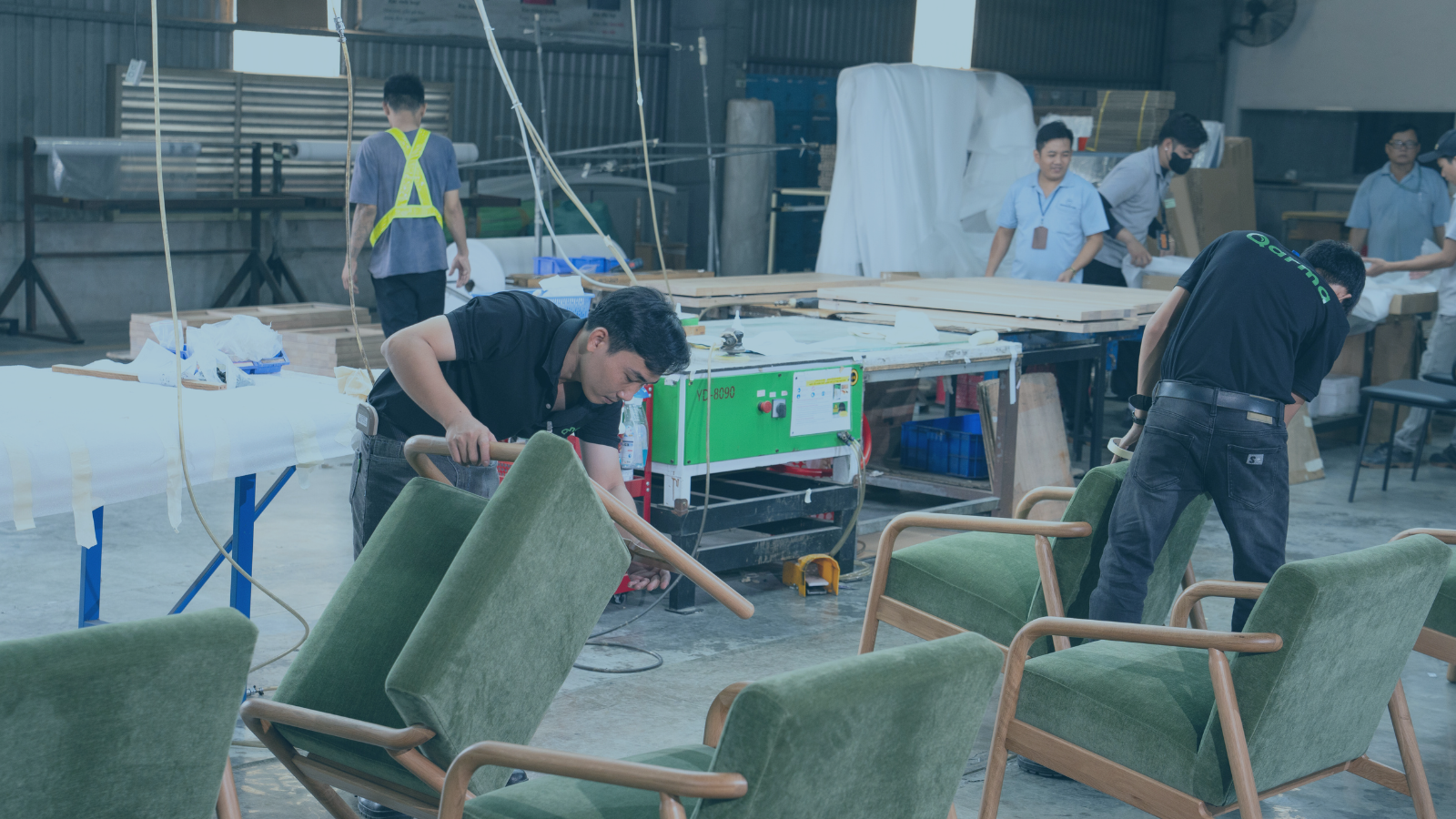Morten Georgsen has a clear take on the essence of Danish design:
“It’s about finding the shortest distance between aesthetics and function”
If anyone should know, he is one of the likeliest candidates.
After working at famous electronics brand B&O, Morten Georgsen has spent decades running an independent design company that collaborates with the likes of BoConcept, Made.com, KARE, Four Hands, Sketch, DanForm, Otto Group and many more.
Core throughout his work is combining customers’ design-strategy, market positioning, and criteria for success with clear, functional, aesthetically pleasing designs.
Georgsen and his team work closely with all parts of the production chain, including factories, to ensure that design and specifications exactly match the finished product.
Communication core to quality and design
Design is sometimes viewed as separate from the production and sales phase. For Morten Georgsen and his team, the opposite is true. Design, quality assurance and production are all part of the same process.
A process that is based on communication.
The design results from communication with a client (and the client’s with its desired target audiences) about form and functionality. Production is communication about design, physical ability and structures.
The same applies to all parts, making increasing ‘communication speed’ and details throughout all steps of a product’s life cycle pivotal for designers and their clients – and a focus point for Morten Georgsen.
“Design and quality are parts of the same conversation. Delays or miscommunication in that aspect are core risks affecting a finished product’s ability to meet standards and expectations."
Input from stakeholders on everything from idea development and design concepts to product development and optimisation is key to achieving the best possible result.
Simultaneously, speed matters, for both client, producer, and designer, as iterations and clear insight into what is achievable and expected helps ensure that all parties align and reach the optimal results.

Where quality needs alignment
So, how does that conversation take place? And what are the steps? For each designer and producer, the setup may be different.
For Morten Georgsen and his team iterations with the client are complemented by supplying factories with 3D CAD files and drawings that detail the proposed designs. Complimentary files containing detailed material descriptions, including colour composition, thickness and more are also provided.
The process is communicative and iterative, meaning that each parameter is examined. For example, where the exact production capacities and quality levels are concerned. Being able to quickly see what the production facility is capable of – and evaluate if that lives up to the desired quality levels – is vital.
Perhaps a design is a tad too intricate for a given producer, or data has shown that certain production speeds create quality issues. Aligning those insights with design and product specifications provides valuable insights and eliminates costly errors for all parties.
“At the core, design and quality are communications that mirror each other: both revolve around finding and distilling the essence of functionality and quality,”







.png)
